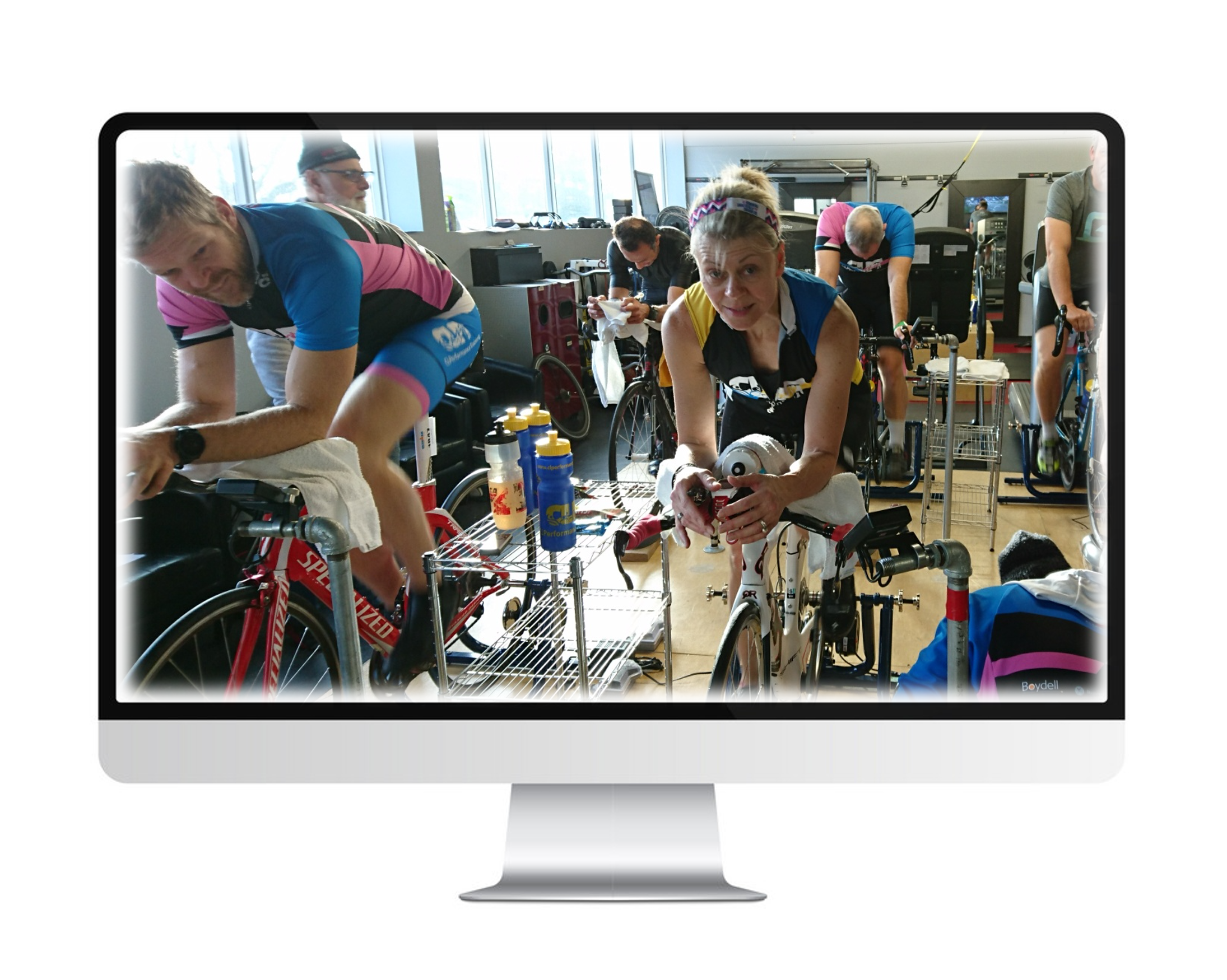When is it time to start training for next season’s races? Right now!
Seasoned athletes know that putting together a strong race season for next year, regardless of the distance, follows a progression of training blocks that add up to stronger performance with fewer injuries. Consistency is the key, which means not letting our training regress during the off season to the point where getting started again is a struggle.
Fall and early winter can send our training sideways as we navigate through getting kids back to school, resuming focus on work, adjusting to the seasonal and time changes, and having to bring our training back indoors. Then, just as we are getting back into it, we are faced with the holiday season that can throw things off again!
Here’s how to make it through the next few months without having to hit the ‘re-set’ button in January when it comes to your training:
- Follow a plan. When you have a plan, the energy used in making a decision about what to do each day and each workout is eliminated. It’s easier to ‘don’t think – just do’ when life is chaotic.
- Get a coach. Setting up a your own training plan and self-coaching removes the objectivity that a coach provides, making it easy to slip into trying to do too much too soon.
- Find a way. When your scheduled workouts are challenged by life, make a deal with yourself to at least try to find another way before giving up on it. If your early morning swim can’t happen, could you try it in the evening? Could you fit in a core session at lunch time? Even if you get in only 20 minutes instead of the full session – isn’t that better than nothing?
- Join a class. On line group workouts are still going strong, and many athletes now prefer the efficiency of being able to train at home, especially if they work partly from home. A couple of 30 minute full body strength sessions each week go a long way to building that foundational strength you’ll need to build your endurance, power and speed.
- Join a Mega Day. Even with the online apps, a three hour trainer ride is tough to do each week. Instead of being lulled into a few hours in zone 2 by watching a movie or competing with unfamiliar avatars – join a Mega Day for a coach-led challenging workout. You will work harder and time will go faster!
- Listen to your body. Paying attention to the small things that surface and working through them early in your foundation training with regular soft tissue work will pay off later when the work gets more intense to avoid injuries. Equally important, listen to what your body needs for hydration and nutrition. This is a good time to put some good habits into practice.
- Stay engaged with your goal. Training isn’t all about the workouts. Motivation comes from continuous learning about what you are doing, why you are doing it, and how to do it better.
- Join a training camp. Working towards the goal of a training camp can provide a lot of motivation to be fit enough when you get there to benefit and really make the most of the opportunity to focus entirely on training. Learning from coaches and other athletes is worth the time and money of participating.
- Be kind to yourself. Remember that you are more than a triathlete, and other things in life will take priority over your training. Missing training sessions will happen, so let them go and get back to the next one. Trying to make up a workout by doing double the next day can work against you if this becomes habitual. Consistency is key to reaching your goal in the long run.


